Real estate debt investing allows you to act as a lender by providing loans or debt securities for property transactions, earning returns through interest payments secured by real estate collateral. You’ll focus on commercial mortgages or structured debt instruments, targeting annualized returns of 8% to 9% or higher. This strategy enhances portfolio diversification, reducing overall risk exposure while providing predictable income streams. Exploring further reveals nuanced benefits, risks, and strategies to optimize your investment approach.
Key Takeaways
- Earns returns via interest payments secured by real estate collateral, offering annualized returns of 8% to 9% or higher.
- Includes instruments like land loans, residential mortgages, commercial mortgages, and hard money loans with varying risk profiles.
- Enhances portfolio diversification by adding fixed income characteristics and lowering entry barriers compared to direct property ownership.
- Risks include market fluctuations, loan defaults, property-specific vulnerabilities, and economic conditions affecting collateral value.
- Senior debt positions and tranche-based strategies optimize risk-adjusted returns and stability in real estate debt investments.
Understanding Real Estate Debt Investing
Real estate debt investing allows you to act as a lender by providing loans or debt securities for property transactions, earning returns through interest payments secured by underlying real estate collateral. Investors in this asset class typically focus on commercial mortgages or other structured debt instruments, which offer a secured investment backed by tangible property. You benefit from steady income generated through regular interest payments, often yielding annualized returns of 8% to 9% or higher. Real estate debt also enhances portfolio diversification by introducing a low-correlation asset, reducing overall risk exposure. When evaluating opportunities, you must assess borrower creditworthiness, loan-to-value (LTV) ratios, and the collateral’s after-repair value (ARV) to guarantee repayment security. This approach appeals to institutional investors seeking risk-adjusted returns while leveraging the stability of real estate assets. By participating in this market, you capitalize on predictable cash flows and the resilience of property-backed investments.
Types of Real Estate Debt Instruments
You’ll encounter Land Loans, which finance raw land purchases but carry heightened risk due to speculative timelines and lack of cash-flowing collateral. Residential Mortgages are long-term instruments secured by borrower income or property rental income, typically structured over 30 years. Commercial Mortgages support the purchase or refinancing of income-generating properties, with loan repayment often reliant on tenant rental cash flows. Hard Money Loans provide short-term financing for real estate investments, often used by beginners for fix-and-flip projects or purchasing distressed properties.
Land Loans
When financing the purchase of raw or undeveloped land, land loans serve as a specialized debt instrument tailored to its unique risks. Due to the speculative nature of land values and uncertain development timelines, lenders charge higher interest rates compared to traditional mortgages. You’ll often encounter stricter qualification criteria, as lenders evaluate your development plans, financial stability, and experience in handling such projects. Land loans typically feature a lower loan-to-value ratio, usually between 50% and 70%, to mitigate the risk of underperformance or market downturns. These loans are frequently structured as short-term financing solutions, providing you with the capital needed to secure land while preparing for longer-term development financing. Understanding these aspects guarantees you’re better equipped to navigate the complexities of land loans.
Residential Mortgages
While land loans address the financing of raw or undeveloped land, residential mortgages focus on financing properties intended for habitation. Residential mortgages are secured by the property itself, serving as collateral and reducing lender risk. Loan eligibility hinges on thorough credit evaluations, evaluating factors like credit score, income stability, and debt-to-income ratio. Interest rates fluctuate based on market conditions, creditworthiness, and loan terms, typically ranging from 3% to 5%. Borrowers repay these long-term loans through monthly payments, which remain predictable with fixed-rate mortgages or vary with adjustable-rate mortgages. For those with limited funds, exploring zero-down payment options such as VA or USDA loans can be a viable pathway to homeownership.
Key aspects of residential mortgages include:
- Secured loans backed by the property as collateral.
- Credit evaluations determining borrower eligibility and rates.
- Interest rates influenced by market and borrower profile.
- Loan eligibility evaluated via income, credit history, and debt ratios.
- Monthly payments structured to guarantee long-term repayment.
Commercial Mortgages
Commercial mortgages are essential financial instruments designed to facilitate the acquisition or refinancing of income-producing properties. As a form of real estate debt, they’re secured by the property itself, ensuring lenders have collateral if the borrower defaults. Depending on market conditions, interest rates can be fixed or variable, tailored to the borrower’s creditworthiness and loan terms, which typically span 5 to 20 years. Lenders scrutinize factors like the property’s cash flow, location, and loan-to-value (LTV) ratio to assess risk. Variations include conventional loans, SBA loans, and bridge loans, catering to diverse financing needs. Investing in commercial mortgages offers exposure to stable cash flows tied to income-generating assets, making them a strategic addition to a diversified investment portfolio. Private lenders often provide short-term loans for fix-and-flip projects, offering flexible terms and swift funding to meet market demands.
Benefits of Real Estate Debt Investments

Real estate debt investments offer a reliable income stream, typically yielding average annualized returns of 8% to 9%, distributed monthly through interest payments and borrower fees. These investments are secured by tangible real estate, providing a layer of protection against defaults and enhancing capital recovery. Real estate debt also contributes considerably to portfolio diversification, reducing overall volatility by adding fixed income characteristics backed by hard assets. With lower entry barriers compared to direct property ownership, real estate debt opens opportunities for a broader investor base. Senior debt positions further enhance risk-adjusted returns by prioritizing capital structure and offering protection against market fluctuations. Investing through real estate crowdfunding platforms can further democratize access to these opportunities, allowing smaller investors to participate in larger projects.
- Steady income stream from monthly interest payments
- Portfolio diversification through fixed income and hard assets
- Lower entry barriers compared to direct real estate investments
- Secured by tangible real estate, reducing risk exposure
- Senior debt positions prioritize capital structure and enhance stability
Risks Associated With Real Estate Debt
Market fluctuations risk exposes you to potential declines in property values, which can erode the collateral securing your loans. Loan default potential, with an average rate of 3.27% in 2015, highlights the likelihood of borrowers failing to meet repayment obligations. Property-specific vulnerabilities, such as location or management quality, directly influence the performance and recoverability of your investments. Utilizing transactional funding can mitigate risks by ensuring quick property acquisitions and rapid deal closures.
Market Fluctuations Risk
When economic conditions shift, the value of collateralized real estate assets can experience significant volatility, directly influencing the potential recovery for investors if borrowers default. Market fluctuations amplify risk exposure, particularly during an economic downturn, as declining property values may lead to higher default rates. Real estate loans are particularly vulnerable to these shifts, especially in sectors like commercial real estate, where cash flows become unpredictable. Rising borrowing costs due to interest rate changes further compound the risks, altering the risk profiles of investments. Additionally, property-specific factors—location, management quality, and market demand—can intensify the impact of market fluctuations on returns. Understanding demographic trends can provide insights into rental preferences and market demand, aiding in risk assessment. To mitigate these risks, you should:
- Monitor economic indicators and market trends.
- Assess property-specific vulnerabilities.
- Diversify across sectors and geographies.
- Evaluate borrowing cost impacts.
- Stress-test investments for various economic scenarios.
Loan Default Potential
Although real estate debt investing can offer stable returns, loan default potential remains a critical risk that investors must carefully evaluate. Borrower defaults often stem from economic pressures like rising interest rates or stricter lending criteria, particularly in competitive markets. Non-traditional credit profiles can heighten default risks, further destabilizing returns. When defaults occur, you may acquire collateralized properties, introducing risks related to property management and market recovery. Additionally, project execution risks, such as cost overruns or labor issues, can amplify default potential in evolving projects, impacting overall investment performance. With an average default rate of 3.27% as of 2015, understanding these dynamics is essential. You must assess borrower creditworthiness, monitor economic conditions, and evaluate project viability to mitigate default risks in real estate debt investing. For fix-and-flip projects, hard money loans provide immediate funding but come with higher default risks due to shorter repayment terms and reliance on property value.
Property-Specific Vulnerabilities
Property-specific vulnerabilities in real estate debt investing stem from factors such as location, asset condition, and market demand, which directly influence the collateral’s value and performance. Poor property management quality can lead to deterioration of the underlying collateral, increasing the risk of depreciation. Market demand for the asset is also critical, as declining demand can suppress property values and heighten borrower defaults. Development projects, such as renovations or repositioning, introduce execution risks that may disrupt cash flows and delay repayment. Additionally, unfavorable local economic conditions can exacerbate these risks, further diminishing the collateral’s value. Evaluating the underlying collateral’s condition and future potential is essential to mitigate these vulnerabilities.
- Location impacts desirability and long-term value
- Poor asset condition increases maintenance costs
- Declining market demand reduces income potential
- Development projects face execution and cost risks
- Economic downturns erode property values
Key Evaluation Criteria for Real Estate Loans

Evaluating real estate loans requires a systematic analysis of several critical factors to guarantee informed investment decisions. Start by reviewing the borrower experience, focusing on their industry tenure, completed projects, and credit profile, which directly influence repayment likelihood. Analyze the Loan to After-Repair Value (ARV) ratio to determine the loan’s proportion relative to the property’s post-improvement value; a lower ratio indicates reduced risk and higher recovery potential in default scenarios. Prioritize senior debt in the capital structure, as it carries lower risk due to its repayment priority over subordinate debt. Scrutinize project viability through a feasibility study, evaluating market demand and revenue potential to assure the project’s success. Finally, evaluate collateral quality by examining the property’s condition, location, and market potential, as these factors notably impact the investment’s risk and recovery value.
Strategies for Diversifying Through Real Estate Debt
By diversifying through real estate debt, you can enhance income stability while mitigating risks tied to traditional equity investments. Real estate debt strategies typically offer predictable income streams, with core debt investments averaging around 8% annualized returns. To optimize portfolio diversification, you can allocate across various loan types, such as construction loans and commercial mortgages, spreading risk across different sectors and development stages. Engaging with commercial real estate lenders or private credit platforms allows you to secure exposure to tangible assets, reducing volatility. Adopting a tranche-based approach—investing in senior debt for lower risk or mezzanine debt for higher returns—further refines your strategy.
- Leverage multiple loan types to spread risk
- Target predictable income through secured positions
- Utilize tranche-based strategies for risk-adjusted returns
- Collaborate with commercial real estate lenders for access to diverse opportunities
- Integrate private credit to enhance portfolio diversification
Role of Regulatory Environments in Debt Investing

While real estate debt investing offers predictable income and portfolio stability, its attractiveness and risk profile are heavily shaped by regulatory environments. Regulatory frameworks often dictate capital adequacy requirements, influencing how institutional investors allocate resources to real estate debt. These rules, such as treating senior debt favorably, enhance capital efficiency, making it a preferred choice for risk-averse investors. Additionally, tangible collateral inherent in real estate debt bolsters risk management by providing a safety net in case of default. However, regulatory shifts, like changes in lending criteria or capital requirements, can disrupt the market. For non-bank lenders, such adjustments may either create opportunities or heighten competition, depending on the jurisdiction. In Australia, for instance, recent pro-lender regulatory changes have made the market particularly appealing. You must stay attuned to these dynamics, as they directly impact financing availability and the overall risk-return equation in real estate debt investing.
Comparing Debt Investing With Equity Real Estate Strategies
Real estate debt and equity investing present distinct risk-return profiles, each catering to different investor objectives. Debt investments are typically secured by tangible assets, offering lower risk due to their priority over equity holders in the capital structure. Investors in these funds receive fixed returns, often starting at 9% or higher, making them attractive for those seeking predictable cash flows. In contrast, equity investments depend on the real estate market’s performance and business operations, exposing them to higher volatility but also greater potential upside. Debt strategies benefit from lower loan-to-value ratios, usually below 75%, reducing lender risk exposure. Equity investors, however, face full exposure to value declines and market dynamics.
- Security: Debt investments are asset-backed, providing collateral.
- Repayment Priority: Debt holders are repaid before equity holders.
- Returns: Fixed returns in debt versus variable in equity.
- Risk Exposure: Debt offers lower risk; equity carries higher market risk.
- Predictability: Debt provides stable cash flows; equity fluctuates with performance.
Conclusion
Real estate debt investing offers stable returns, with an average annual yield of 6-9% compared to equity’s volatility. By focusing on senior secured loans, you can mitigate risks while benefiting from predictable cash flows. Diversify across property types and geographies to enhance resilience. Regulatory frameworks, like Dodd-Frank, guarantee investor protection but require compliance vigilance. Unlike equity, debt investing provides priority in repayment, reducing exposure to market downturns. Stay analytical and strategic to optimize your portfolio.




